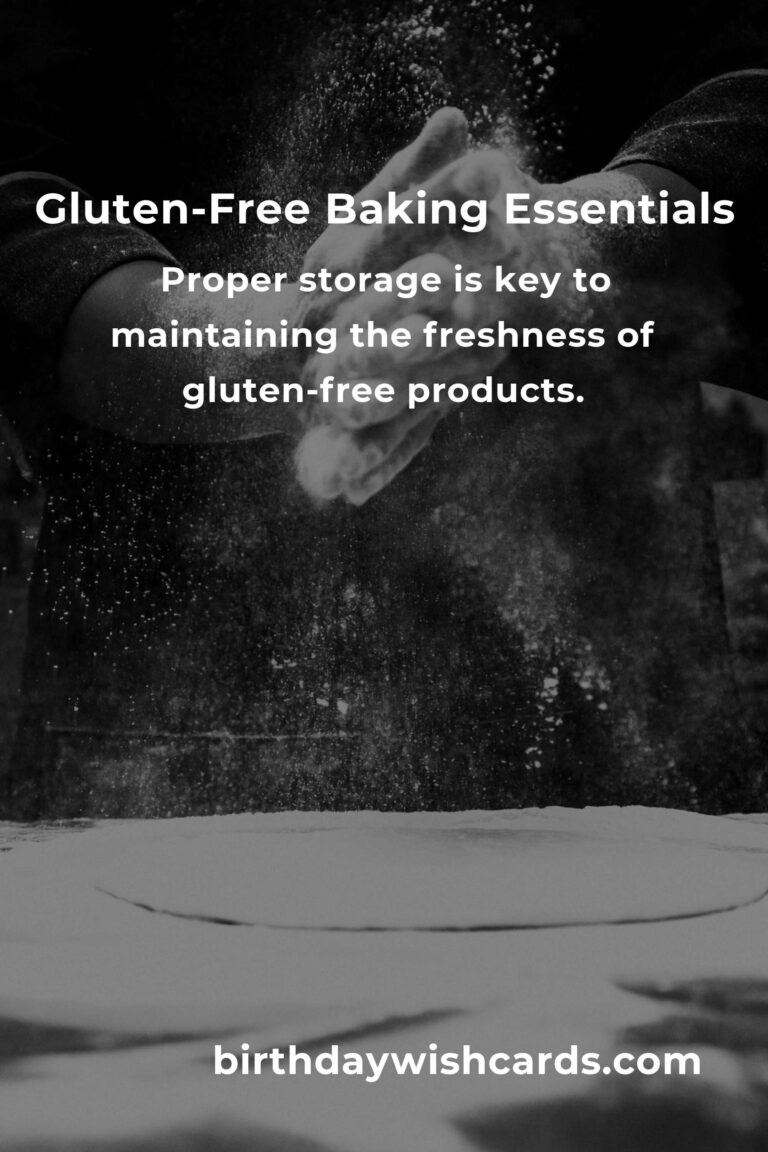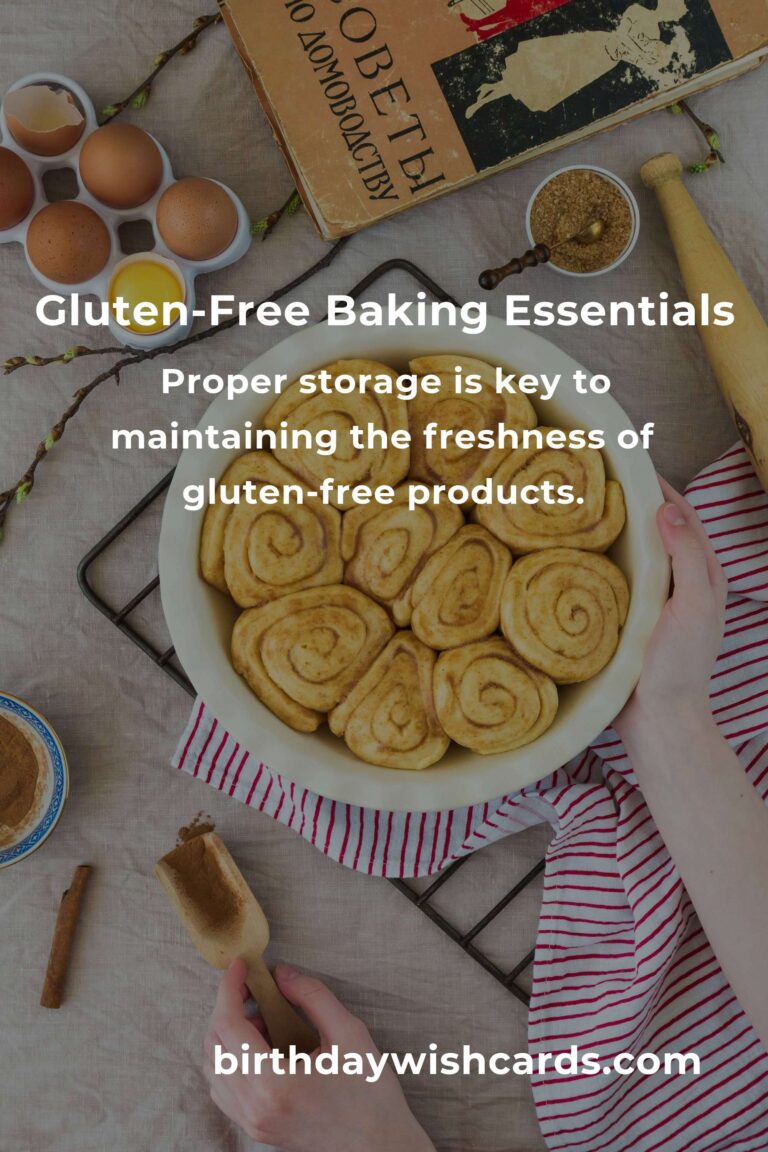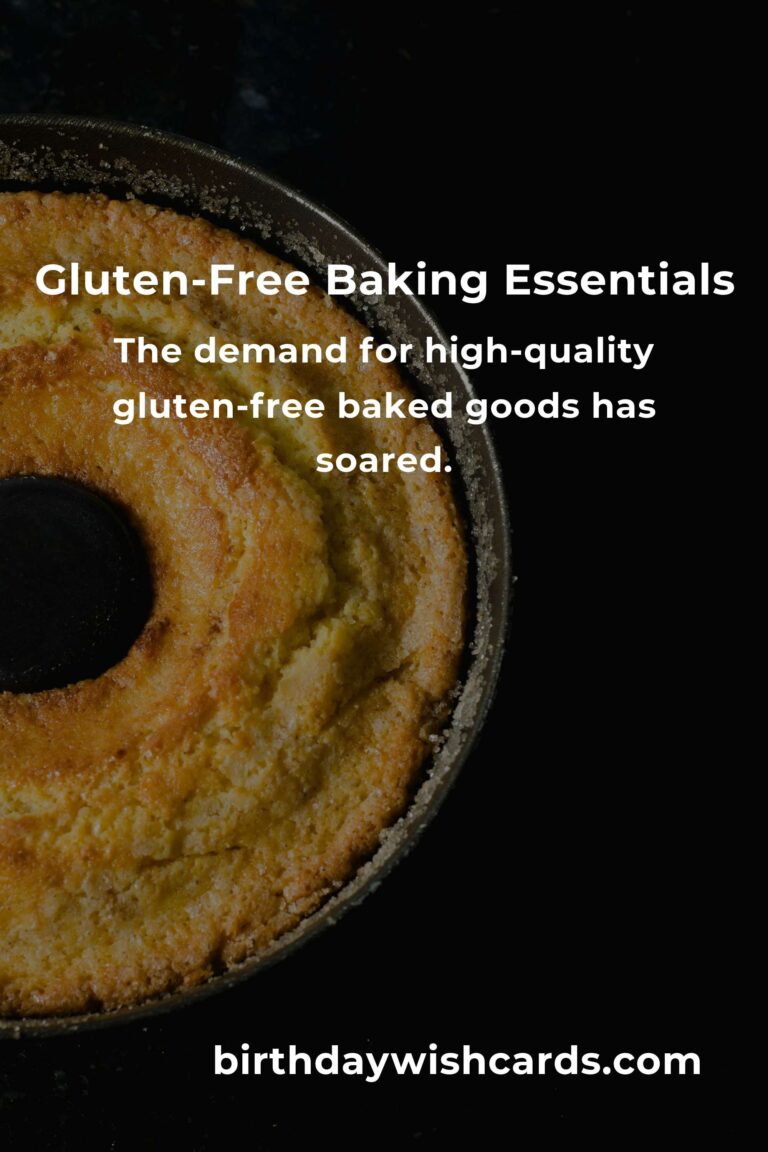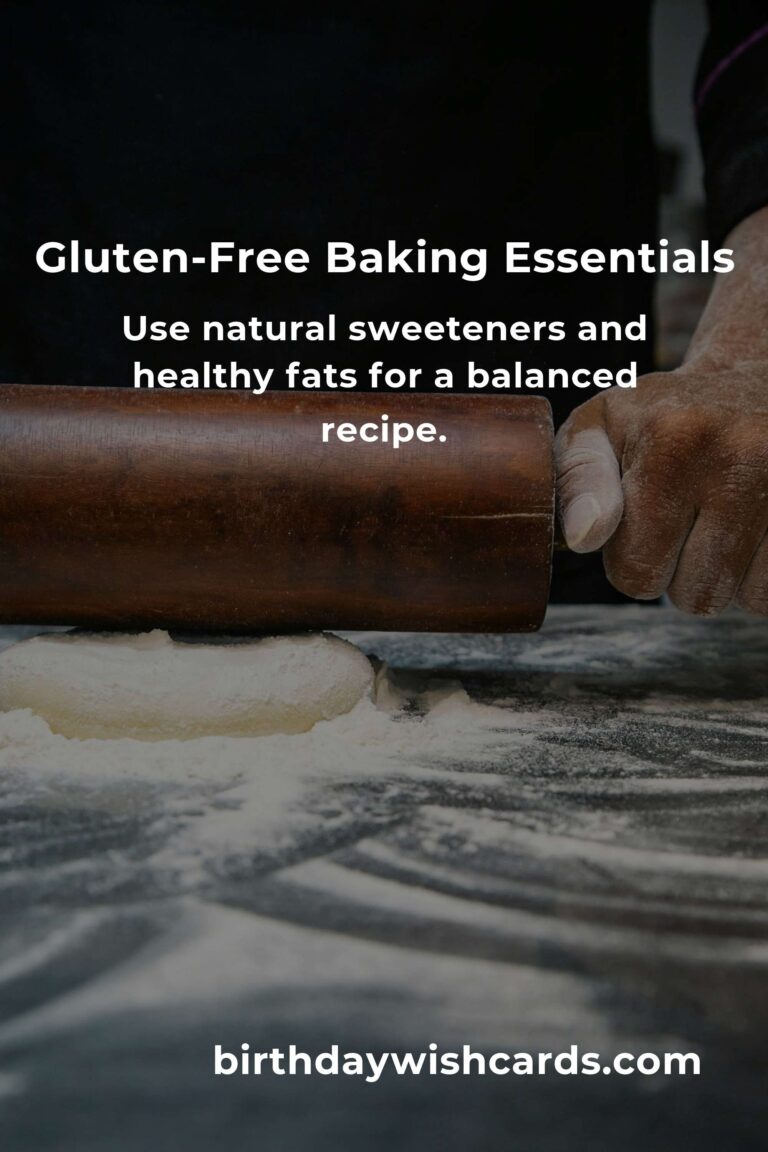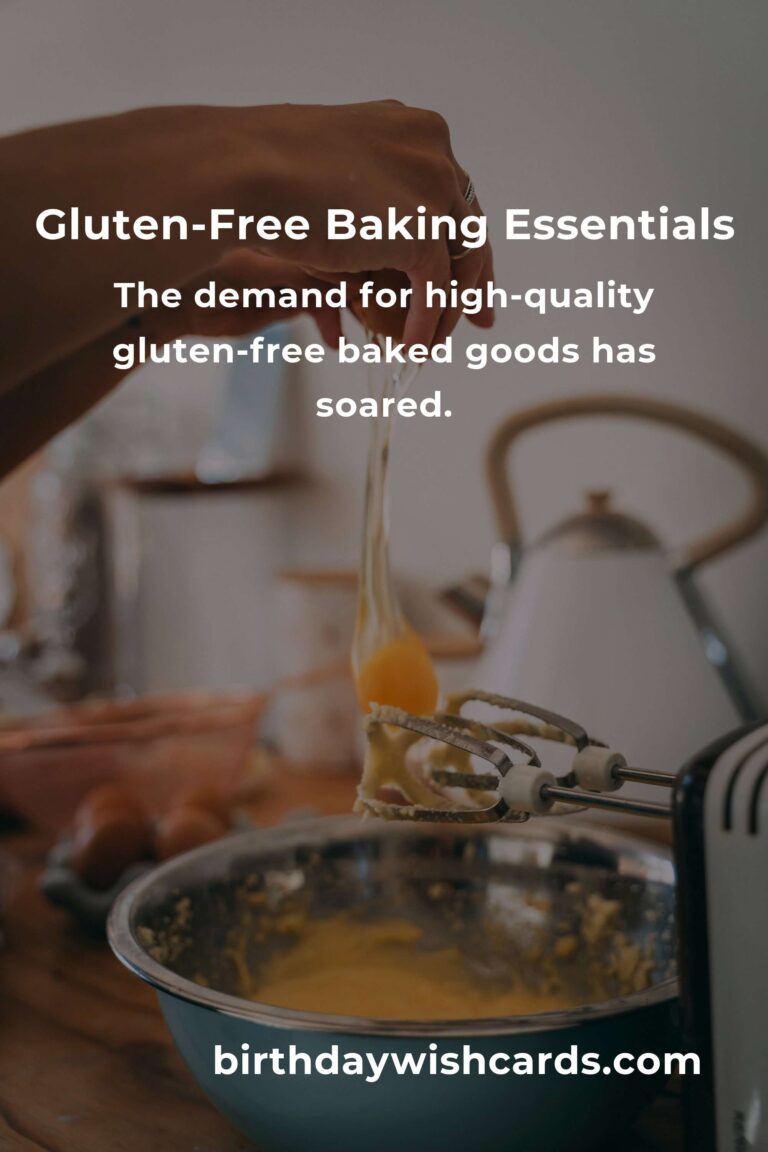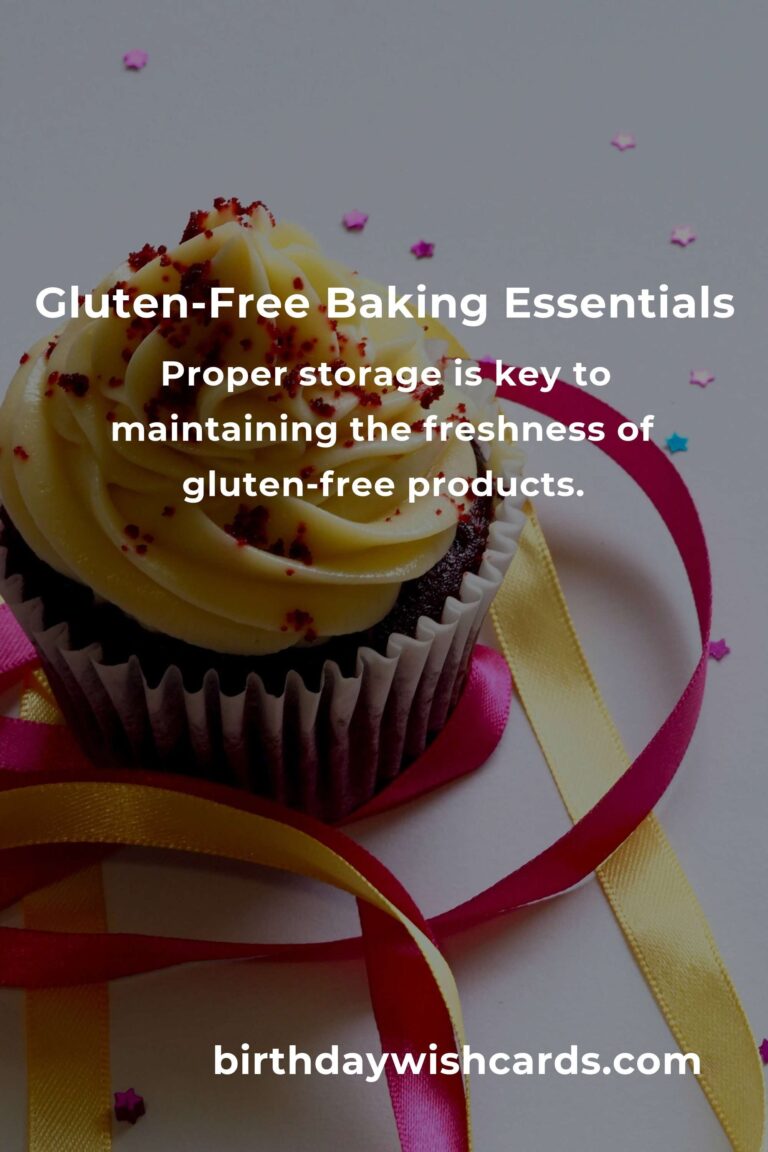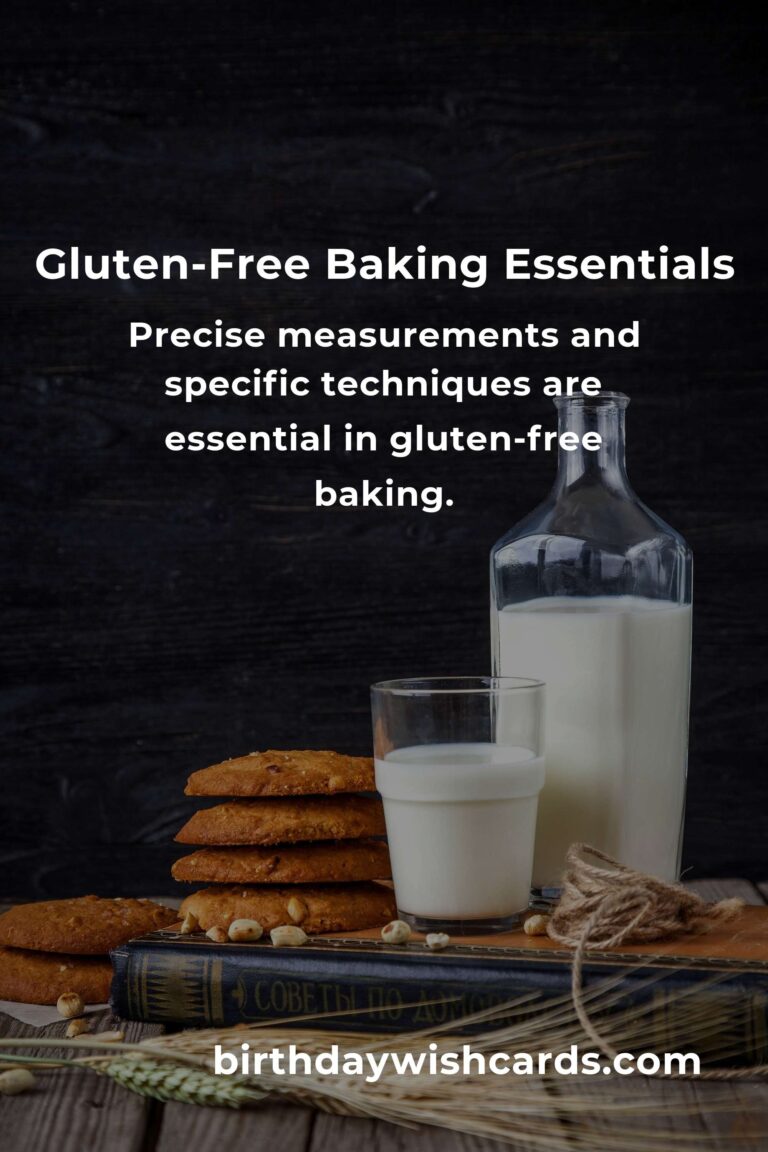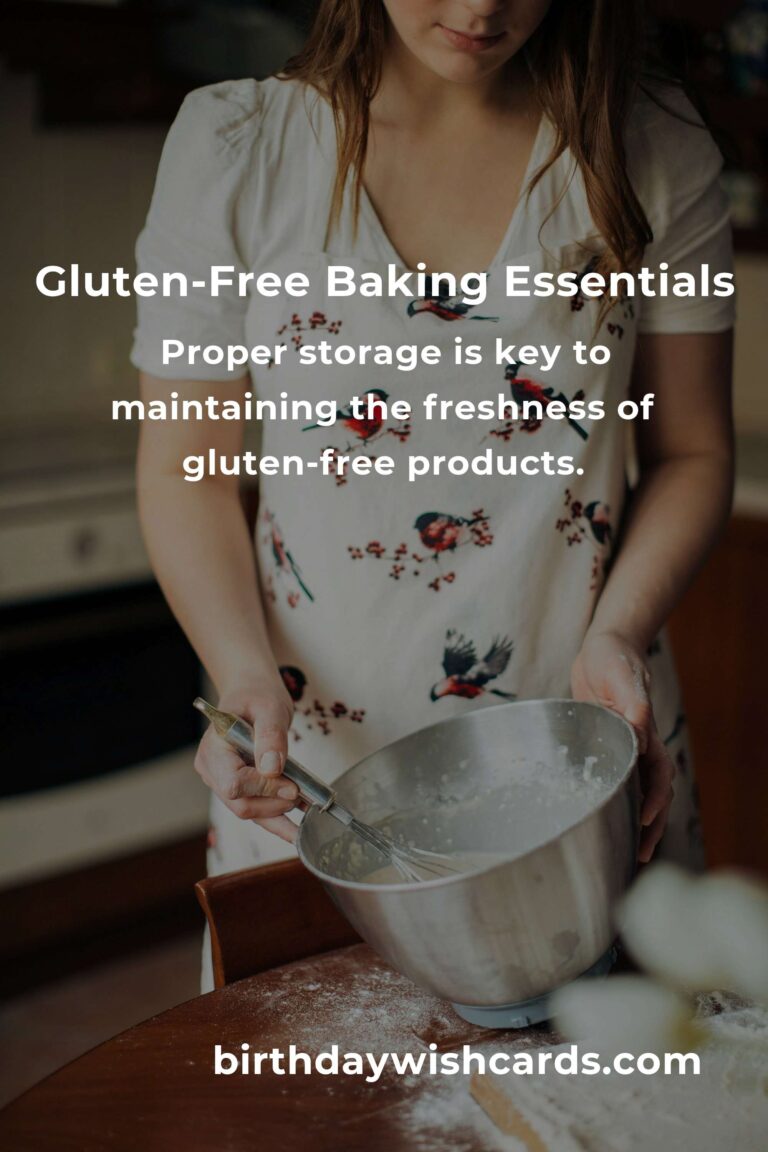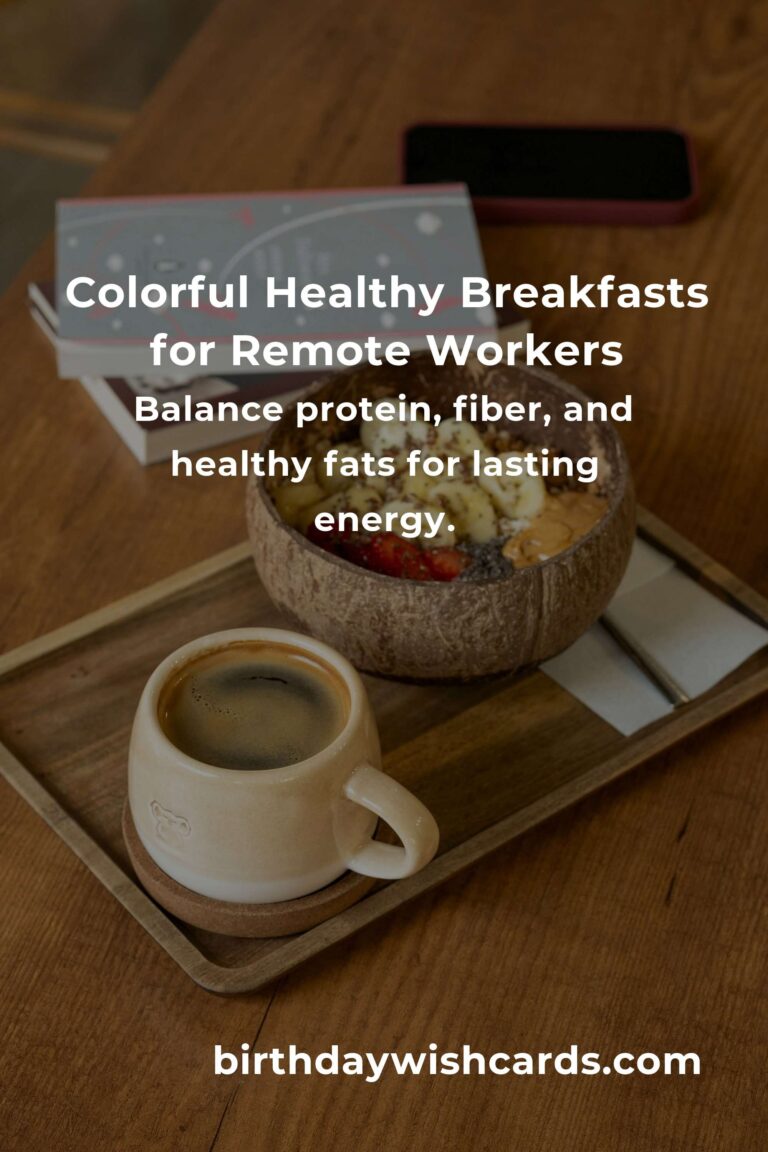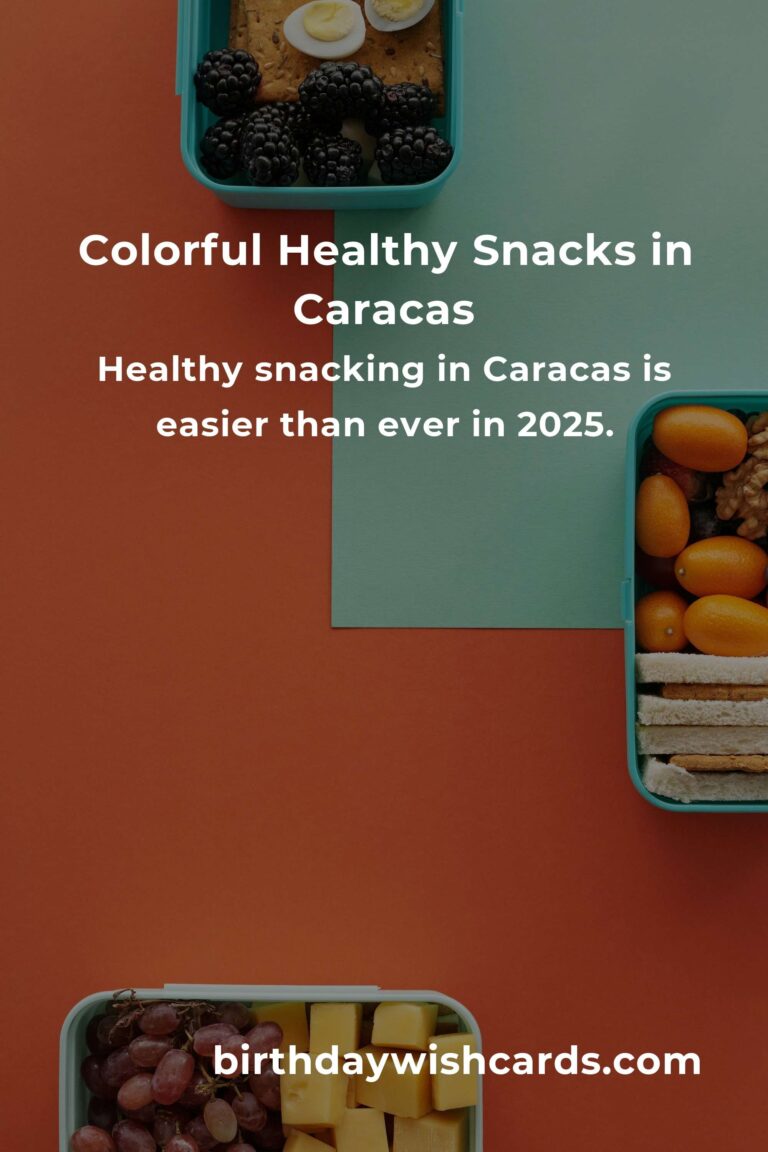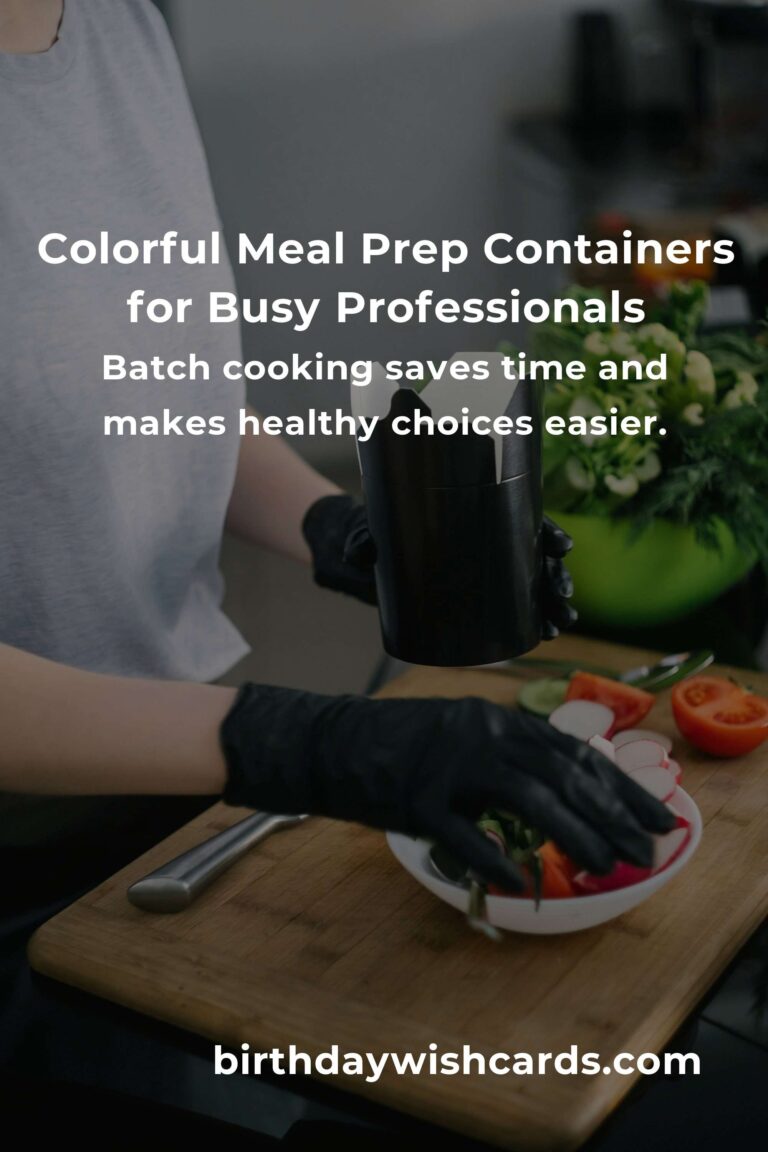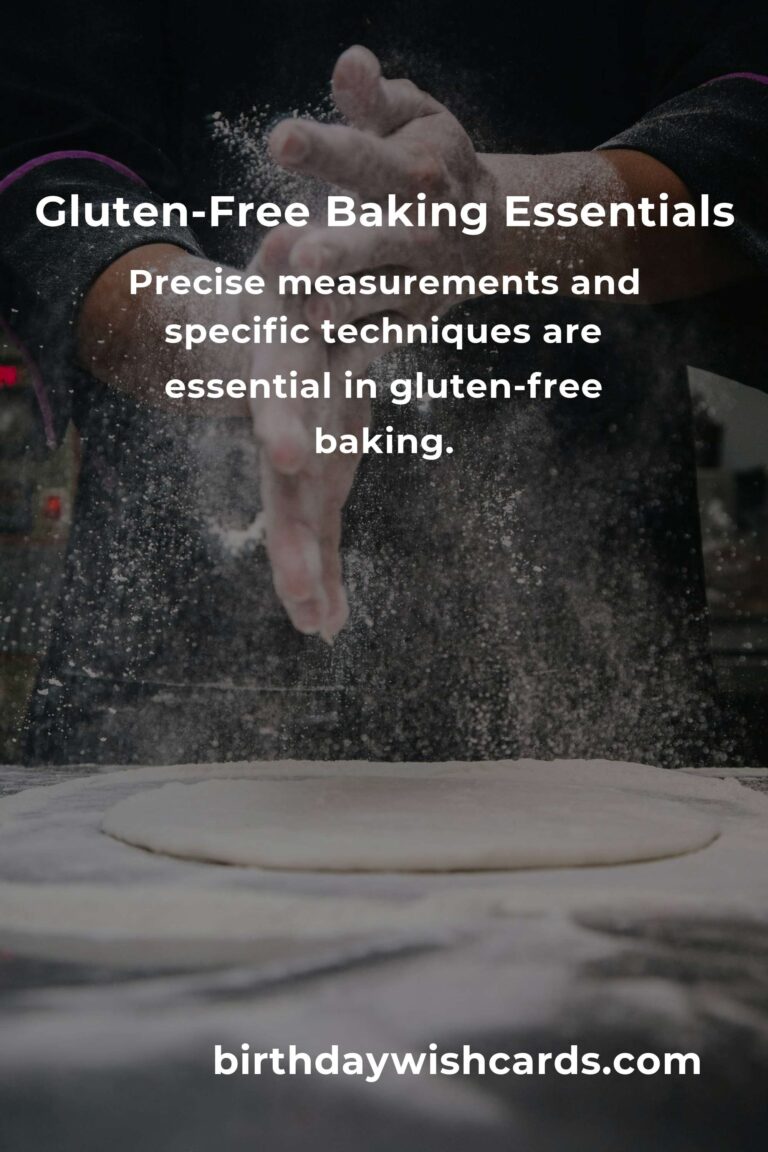
For professional bakers, expanding into the world of gluten-free baking can open up a new realm of culinary possibilities. As more consumers seek gluten-free options due to dietary restrictions or personal preferences, the demand for high-quality gluten-free baked goods has soared. In this guide, we will delve into the essentials of healthy gluten-free baking, ensuring that your creations are not only delicious but also nutritious.
Understanding Gluten-Free Baking
At its core, gluten-free baking omits the protein gluten, commonly found in wheat, barley, and rye. This requires alternative flours and binding agents. The key to successful gluten-free baking lies in understanding these substitutes and how they interact in recipes.
Choosing the Right Gluten-Free Flours
One of the biggest challenges in gluten-free baking is selecting the right flour blend. Common gluten-free flours include almond, coconut, rice, and sorghum. Each has unique properties that affect texture and flavor. For example, almond flour adds moisture and richness, while rice flour provides a neutral base.
Incorporating Nutrient-Rich Ingredients
To enhance the nutritional value of your gluten-free creations, consider incorporating ingredients like flaxseeds, chia seeds, and nuts. These not only provide essential nutrients but also add texture and flavor to your baked goods.
Emphasizing Healthy Fats and Sweeteners
Healthy gluten-free baking is not just about removing gluten; it’s about creating a balanced recipe. Use natural sweeteners like honey or maple syrup and healthy fats such as coconut oil or avocado for a richer, healthier product.
Techniques for Perfect Gluten-Free Baking
Gluten-free baking requires precise measurements and specific techniques. For example, mixing doughs and batters longer can help develop a better texture. Additionally, letting dough rest can improve elasticity and structure.
Common Challenges and Solutions
Gluten-free baking can present challenges, such as crumbly textures or dense products. To combat these, use xanthan gum or psyllium husk as binding agents. Experimentation and practice are key in finding the right balance for your recipes.
Storing Gluten-Free Products
Gluten-free baked goods can dry out more quickly due to the absence of gluten. Storing them properly, using airtight containers or freezing, can help maintain their freshness and texture.
Marketing Your Gluten-Free Creations
Once you have mastered the art of gluten-free baking, it’s essential to market your creations effectively. Highlight their health benefits and cater to dietary trends to attract a broader audience.
With these tips, professional bakers can confidently enter the gluten-free market, offering products that are healthy, delicious, and appealing to a wide range of customers.
The demand for high-quality gluten-free baked goods has soared.
Choosing the right gluten-free flour blend is crucial for successful baking.
Incorporate nutrient-rich ingredients for enhanced nutritional value.
Use natural sweeteners and healthy fats for a balanced recipe.
Precise measurements and specific techniques are essential in gluten-free baking.
Proper storage is key to maintaining the freshness of gluten-free products.
#GlutenFreeBaking #HealthyBaking #ProfessionalBaking #GlutenFreeRecipes


